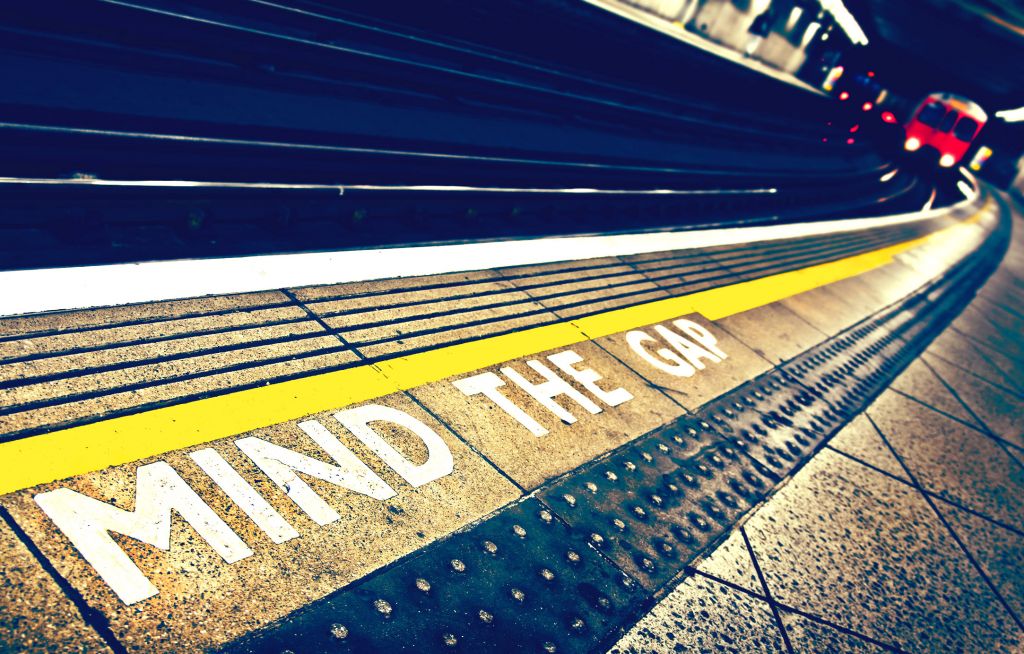Learn why it's important to watch the market's breadth—and stock buybacks.
by Jurrien Timmer, Director of Global Macro, Fidelity Investments
Key takeaways
- The S&P 500 Index hit new all-time highs the week ending August 21. But across all 11 sectors, more stocks were going down than were going up. A hollow victory.
- Sustainable bull markets are generally driven by a broad range of stocks, but the current market has been dominated by a handful of mega cap growth stocks. That doesn't mean a top is near, but it's a concern.
- The number of stock buybacks has fallen in 2020 as earnings slumped but it's possible that buybacks will resume as the economy moves further into the early cycle—and that could be positive for stocks.
OK here is a stat for you: Last week the S&P 500 Index (SPX) finally eclipsed its February 19 all-time price high of 3,394, closing the week at 3,400. That is, of course, quite a feat given everything that is going on in this crazy year but get this: While the SPX gained 0.8% to close at a new all-time high, every single sector in the US stock market had more decliners than advancers last week. All 11 sectors, even tech.
How rare is this occurrence? Extremely rare. In fact, since 1998 it has only happened 4 times.
Last week's return of +0.8% was the highest return since 1998 when this condition was met. Normally when all 11 sectors are in the red, the SPX return would be around −3%. One for the record books.
Needless to say, last week's unusual action is a further manifestation of the lopsided dominance of the FANGs.* If it weren't for those handful of stocks, the market would not be at or even near an all-time high.
The next question of course is: What does it mean? Is this a sign of a top, or will the market broaden out again without sacrificing its price level, as has happened several times since the March low?
Unfortunately, in my view, it's a coin toss as to what happens next. In 2 cases (May 1998 and March 2012) the market was down over the subsequent 3 months (by −3.8% and −6.2%, respectively), while in the other 2 (March 1999 and November 2012) the market was up (3.7% and 1.7%, respectively). So, while last week's unusual action is interesting, it is not particularly actionable.
This chart, "Technicals: 20-day moving average," shows the narrowing leadership in another way. The percentage of stocks trading above their 20-day moving average fell to 51% last week. It was 89% at the June 8 retail day-trading momentum high, and 81% at the July secondary high. I would like to see this broaden again if I am going to have faith that the market is on a sustained path to new highs.
Daily data as of 08/21/2020. Source: FMRCo, Bloomberg, Haver.
The case of the missing buybacks
I have been watching the progression of share buybacks like a hawk this year, to see if there are any signs of recovery following a very slow COVID-induced start to buybacks this year. Buybacks affect valuation, which affects price, so this is something worth tracking.
At $314 billion so far, buybacks are running at a pace that is well below recent years. For instance, at this time last year, buybacks were running at $687 billion. So we are at less than half of last year's pace so far, even though the stock market has recovered all its losses.
With the markets generally going up over time, perhaps a better metric is the percent of market cap. Currently buybacks are running at 1.08% of market cap. That is significantly less than the 2.71% pace at this time last year, and it is only slightly above the 0.72% pace in 2009.
On the surface this looks pretty bad, since a lower payout ratio (measured as dividends and buybacks as a share of earnings) suggests lower valuations. The payout ratio historically has been around 75% for the S&P 500, but in recent years it has been around 90%. So, if we plug in a lower (70%?) payout ratio into the discounted cash flow model, it moves the needle (lower).
But upon closer examination perhaps the glass is more half-full than the above picture suggests.
It's important to remember that share buybacks are dependent on earnings and free cash flow, since that's how most of them are funded. So, the fact that we are at a major inflection point for earnings could understandably depress buybacks for a while. Earnings are down over 30% in Q2 and are expected by many to be down 20% for the year.
So far this year, buybacks comprise 30% of trailing earnings. That's well below last year's 54% pace, but also well above 2009's pace of 16%.
The comparison to 2009 could be relevant as that was right after the Global Financial Crisis and today it's possible that we may be approaching the tail end of the COVID-crisis. (We certainly hope so!) August of 2009 was at the same point in the recovery timeline as we are currently, at 5 months following the price low and around t=0 (time equals zero) in terms of the earnings cycle. Therefore, the question is whether the pace of buybacks will recover as earnings recover post-COVID.
I highlight 2009 and 2010 as a possible roadmap for today. If buybacks are currently running low because we are just coming out of an earnings slump, then the 2009 and 2010 analog could be relevant to where we are currently in the cycle. Buybacks could pick up steam as we move further into early cycle.
Here is a chart with some more historical context. I show dividends per share and buybacks per share for the S&P 500. Note: The dividend and buyback data in this chart are for the 12-month trailing period, so they will look smoother than the quarter-by-quarter data.
Weekly data as of 08/21/2020. Source: Bloomberg, FMRCo.
Note the sharp decline in buybacks in 2009 and into 2010, followed by a decent recovery. With dividends considered more sacred, it tends to be the buybacks that are more cyclical, in both directions.
Indeed, dividends only declined modestly during the Global Financial Crisis, much as they have in 2020. At the same time, buybacks fell from a peak of $73 per share in 2008 to a low of $23 per share in 2010. This time around, buybacks have fallen from $94 to $74.
The next chart shows buybacks as a percentage of earnings (as well as the payout ratio). Note that from 2008 to 2010 buybacks went from 84% of earnings to 32%, and then by 2012 they were back up to 49%. This time around buybacks peaked at 58% of earnings and are down only slightly.
Weekly data as of 08/21/2020. Source: Bloomberg, FMRCo.
With the caveat that a political regime change in the US has the potential to affect future policy on buybacks as well (which may eventually lead to fewer buybacks), the above analog suggests that while buybacks are running well below normal, a lot of that can be explained by where we are in the earnings cycle. If earnings growth recovers in 2021 (as the consensus estimates expect), then, I think, we could see a recovery in buybacks as well.
About the expert

Jurrien Timmer is the director of global macro in Fidelity's Global Asset Allocation Division, specializing in global macro strategy and active asset allocation. He joined Fidelity in 1995 as a technical research analyst.
Copyright © Fidelity Investments















